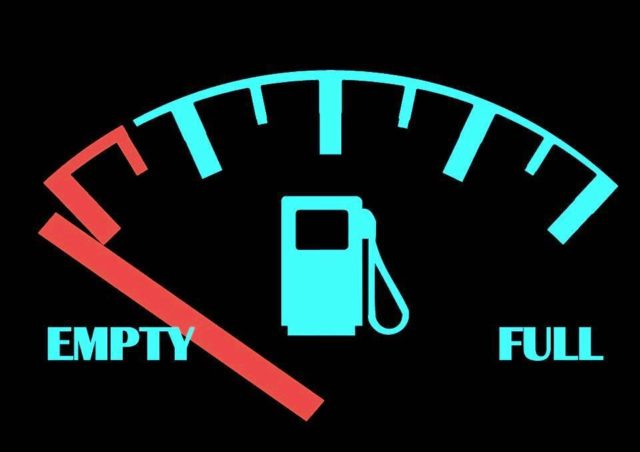South Africa’s fuel prices are adjusted on a monthly basis, informed by international and local factors.
JOHANNESBURG – The fuel price decrease announced for October could be a welcome relief for distressed consumers ahead of the start of festive season shopping if the rand survives global market volatility.
The Department of Mineral Resources and Energy has published the official fuel price changes for October, showing a decrease across all grades from Wednesday.
Petrol 95 will decrease by 32 cents per litre while petrol 93 will ease 23 cents per litre.
Diesel 0.05 percent and diesel 0.005 percent will fall by a significant 90 cents per litre and 93c per litre, respectively, while illuminating paraffin will decrease 76 cents per litre.
South Africa’s fuel prices are adjusted on a monthly basis, informed by international and local factors, including importation and shipping costs of both crude oil and finished products at a price set at the international level.
Stanford Mazhindu, the spokesperson of the trade union Uasa, said on Monday, “The fuel price decrease that becomes effective at midnight on Wednesday will bring some relief to cash-strapped South Africans who now, under lockdown level 1, are able to travel for a variety of reasons and not just limited to business, seeking medical attention or looking for home supplies.”
The rand appreciated against the US dollar during the period under review, averaging R16.72 to the dollar for the period August 28 to October 1 compared to R17.28 during the previous period.
This led to a lower contribution to the basic fuel prices on petrol, diesel and illuminating paraffin by 17.93c per litre, 16.42 cents per litre, and 14.75c per litre, respectively.
The Automobile Association, however, warned that despite the favourable conditions for fuel prices, the rand was particularly volatile and may point to future uncertainty around petrol prices in the coming months.
“It is too early to tell whether the spikes in both the rand and international prices were a blip or the start of a more sustained reversal, but motorists should continue to be wary given the ongoing instability in both local and global economies,” the AA said.
South African consumers have been severely affected by the impact of the lockdown restrictions, which resulted in many salaries and wages reduced, temporarily suspended or terminated.
Consumer confidence has thus remained at a recessionary level despite partially recovering in the third quarter on easing of restrictions as consumers showed unwillingness and ability to spend.
The economy is expected to contract by a significant 7.2 percent year-on-year this year, the biggest contraction in 90 years.
Investec’s chief economist Annabel Bishop said the rand could be affected by the deterioration in government finances and a risk of a debt default.
The weakening of the rand could push the fuel price further to unsustainable levels and bite the little income at disposal of households.
Bishop said the rand would not see the R13.88 to the dollar levels it enjoyed in early January this year or next, or even in the medium-term again.
“The rand is always impacted from the global financial markets, and the strength today must not be misconstrued as occurring from any improvement in SA’s fundamentals, but rather better sentiment on global recovery factors, and so better prospects for global recovery,” she said.








